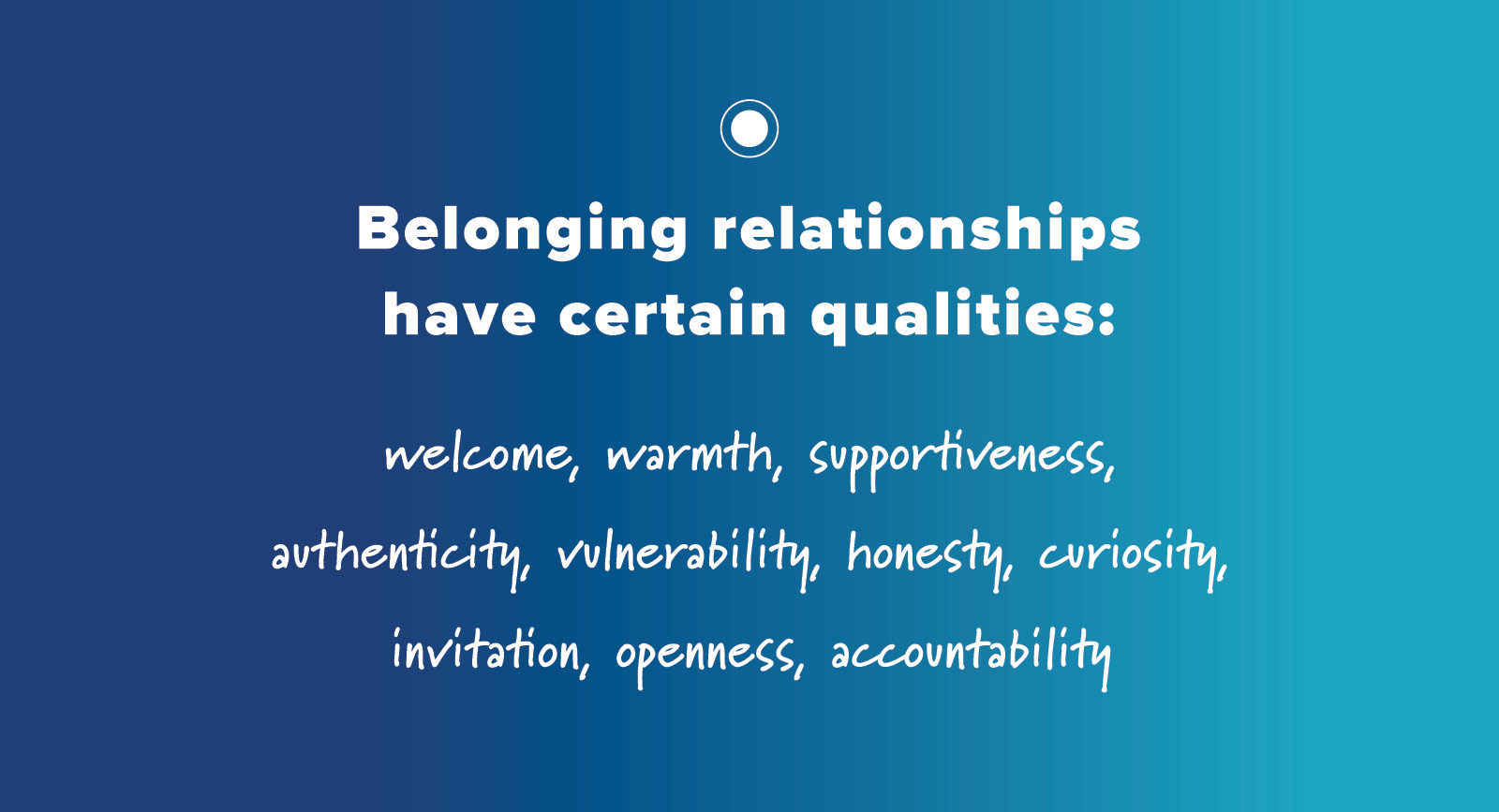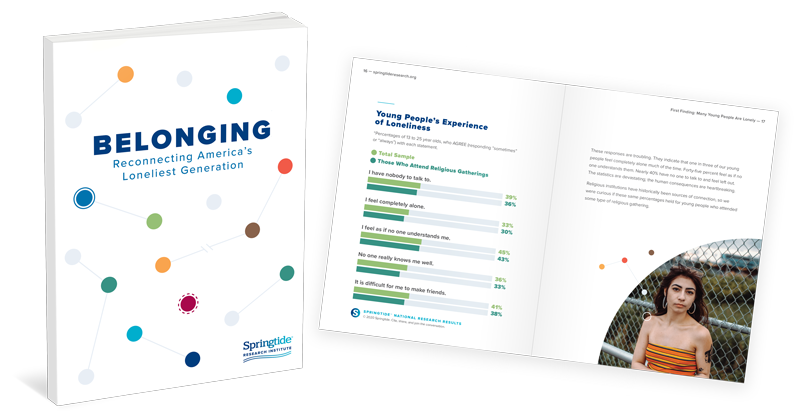
The Risks of Going Out & the Risks of Staying in for Young People
Balancing the concerns of mental and physical health during a pandemic requiring isolation is tricky for a generation already prone to extreme loneliness.
NPR recently ran a story titled Why Some Young People Fear Social Isolation More Than COVID-19. It’s a heart-rending look at how young people are balancing the mental health need for social connection with the physical health threat brought on by COVID-19.
The article profiles Audrey, 18, who has dealt with her own mental health issues and knows first-hand how social interaction is “vital for survival.” She says, “A lot of people are calling attention to coronavirus because it’s right in front of us,” she says.
But at the same time, teens’ depression rate — it’s a silent threat.
 Unfortunately, Audrey is right. Loneliness and isolation are urgent concerns for young people. Since COVID-19 has required social distancing and sheltering in place, young people are more disconnected from each other and from caring adults than ever. Springtide’s own research, which extends other national findings to include people as young as 13-years-old, confirms that rates of loneliness for young people are higher than they have ever been. This generation reports some of the highest levels of isolation ever recorded for any age group.
Unfortunately, Audrey is right. Loneliness and isolation are urgent concerns for young people. Since COVID-19 has required social distancing and sheltering in place, young people are more disconnected from each other and from caring adults than ever. Springtide’s own research, which extends other national findings to include people as young as 13-years-old, confirms that rates of loneliness for young people are higher than they have ever been. This generation reports some of the highest levels of isolation ever recorded for any age group. In Belonging: Reconnecting America’s Loneliest Generation, we address how traditional institutions don’t provide the point of connection for young people that they might have before. Participation in religious groups, for example, provides no buffer against isolation and loneliness.
This lack of connections comes with severe mental, physical, and spiritual consequences. The rate of teen suicide is alarming on its own. Combined with how many more are at a loss for what it means to be a full, healthy person, it’s clear we need to take urgent action.
Young people desperately need guides in this moment. Our research in Belonging not only confirmed how widespread the problem of loneliness is, but it also confirmed that the presence of trusted adults is one way to counteract these trends.
In an op-ed titled “There’s a Loneliness Crisis on College Campuses” last summer, Varun Soni, dean of religious life at USC wrote:
When I arrived at USC 11 years ago as dean of religious life, my pastoral conversations with students mostly focused on their quests for meaning and purpose. They were striving to translate values into action, cultivate joy and gratitude, live extraordinary lives. But over the last several years, these conversations have taken a devastating turn. Whereas students used to ask “How should I live?” they are now more likely to ask “Why should I live?” Where they used to talk about hope and meaning; now they grapple with hopelessness and meaninglessness. Every year, it seems, I encounter more stress, anxiety, and depression, and more students in crisis on campus.
That crisis is not unique to college campuses. It shows up in our daily lives, our homes, workplaces, and houses of worship. Young people know how important it is for them to be truly connected to each other and to their communities. As we enter the fourth month of social distancing, it is no surprise to see young people bursting out into beaches, bars, and restaurants. It may look frivolous or irresponsible, and with regard to COVID-19, it may be.
But it springs from a desire to stop another kind of threat: the threat of loneliness. It is an attempt to meet another significant and unmet need in their lives: the need to be with others.






